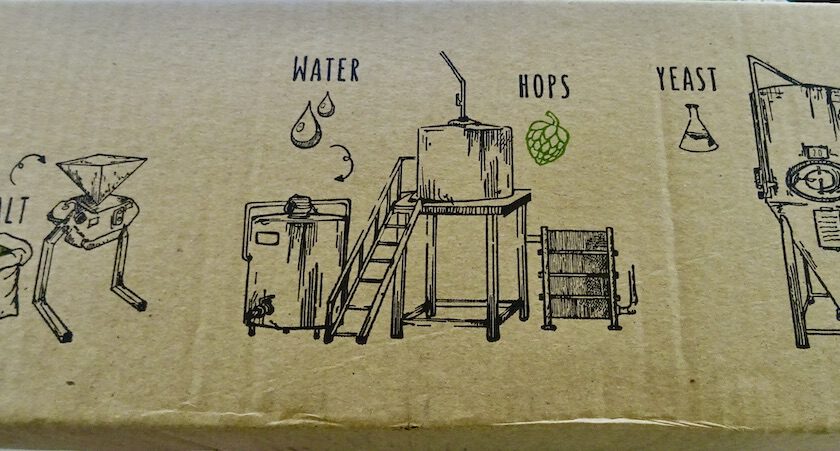Museums are places where collections are to be admired. On Lesvos enthusiasts can wander about great archaeological finds, and beautiful works of local painters can be seen whilst in a, too often forgotten, museum sensational prints of famous painters like Chagall, Miro, Gauguin end Picasso can be seen. The petrified trees of course have their own great place to be shown; old house interiors can be looked at in many a village house and in several museums you can get a taste of the history of ouzo or olive oil. Who knows what other small museums the island is hiding, for instance the Museum of Refugees from Minor Asia.
There are too people who themselves create collections. I come from the years when cigar bands, postage stamps and coins were collected. I have no idea what people collect these days, because smoking is now frowned upon, letters travel digitally now, coins are increasingly rare. Today most people seem to collect photos on their telephones.
Lesvos is loved by collectors looking for wild orchids and birds. A man in Andissa collects old metal pieces, which he transforms in robots, tables and little ships. There are also people who collect shells to decorate mirrors or other objects. My dog collects rubber ducks; I cannot leave any special or colourful stone behind, nor many shells. I have also started to collect art made by my friends. What is this collecting rage?
I really would love to buy all pottery decorated with fish but that is impossible: for I’d have to live in a museum-like-building to accomodate that much pottery and be puissant rich.
Also a single object can trigger that ‘I need to have-this’ feeling or ‘I cannot throw it away’ feeling - like an elegant dress, a wonderful piece of jewelry or a colourful lamp. Last week I acquired a cardboard box and there’s no way I could throw it away.
The box contained 18 cans of beer from the Nomad brewery in Sigri. This season the Sigri Brewery created new, beautifully designed tins containing their blond Nissiopi and dark Sedusa beer. But the boxes are also well designed: they are stamped with comic strip images depicting how beer is made. It starts with the machine collecting the malt, the addition of water and hops, the yeast finding it way into the kettle, the kettle purring like a satisfied cat and then the beer being transferred into the tins through long pipes. I presume they have no employee individually stamping the images on the boxes, even if it looks like that. The design is of a simple beauty and if there happens to be a collector of cardboard boxes: this is going to be a collectors item.
The boxes are made by the Greek firm El Pack Group that works with recycled paper. The English text on their website said: ‘The production line is fed by paper clips’, which made me wonder! (I guess there has been a translation error) The decorative stamp effect, in a country that still uses plenty of official stamps, produces a playful feeling, reminding me of the years when we made Mail-Art and had letters, envelops and packages fully stamped with fancy stamps, or decorated with what ever happened to be in your pocket (like metro tickets or photographs). Mail-Art has disappeared and the very few letters brought by the postman can no longer fill up any museum. Most of the mail goes over the electronic highway, with no place left for a creative addition.
The only way to get rid of this beautiful cardboard box is to lessen your thirst with the 18 tins of beer. Thereafter you will have to return to Sigri to buy another box. Then both boxes can be compared, proving that the stamping is not an artisanal work and then one box can be thrown away (unless the boxes are stamped by hand, then I will have a problem). And of course I must say that it is no punishment to empty all the cans: Sigri beer is the tops. As is its packaging.











